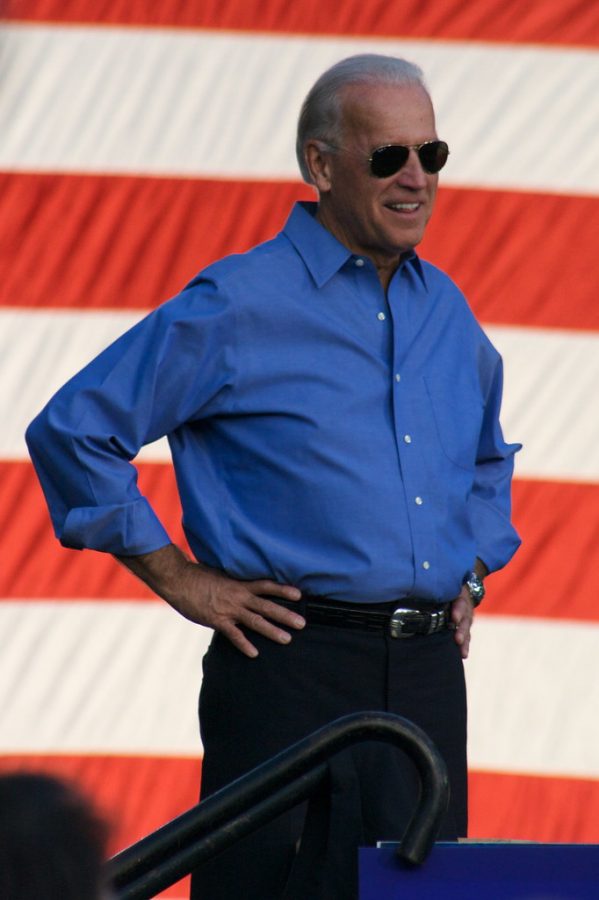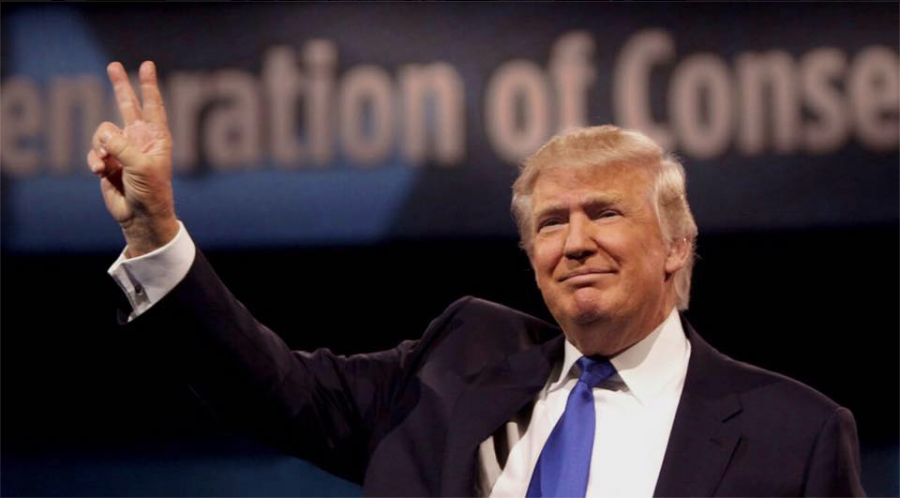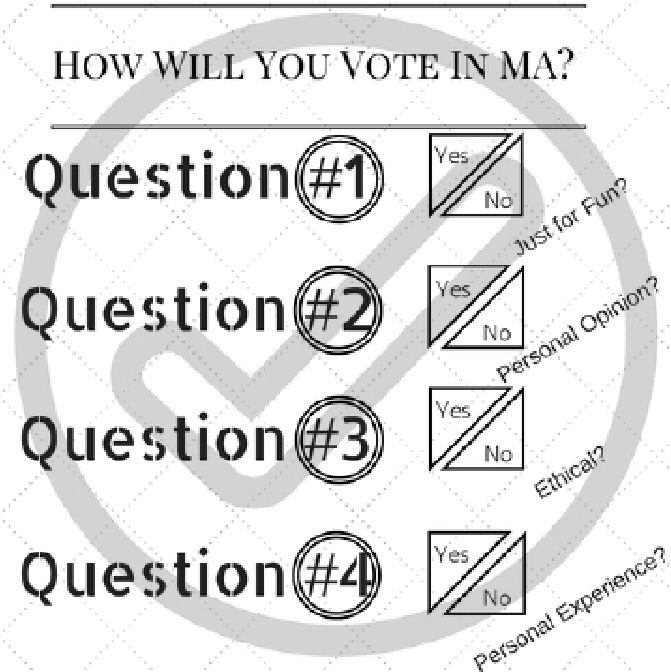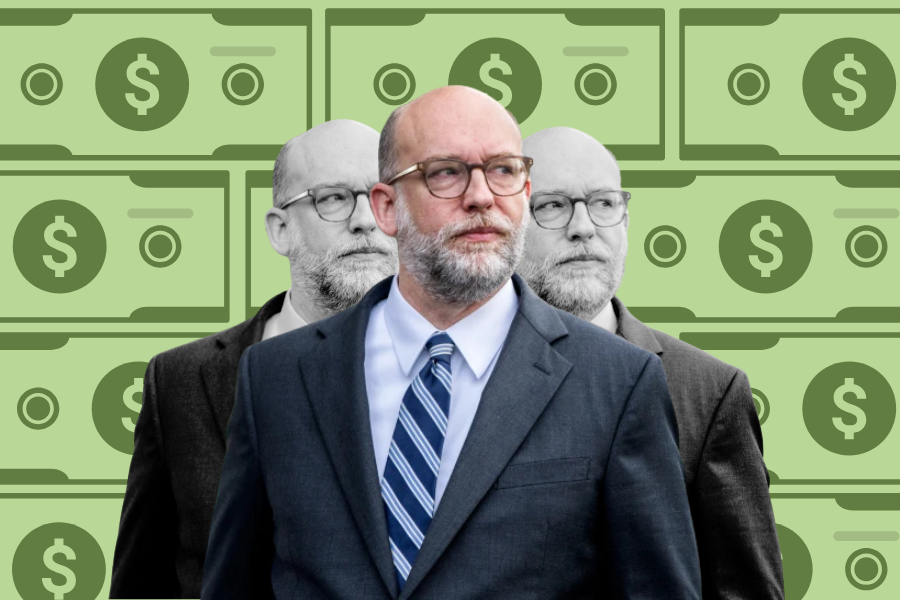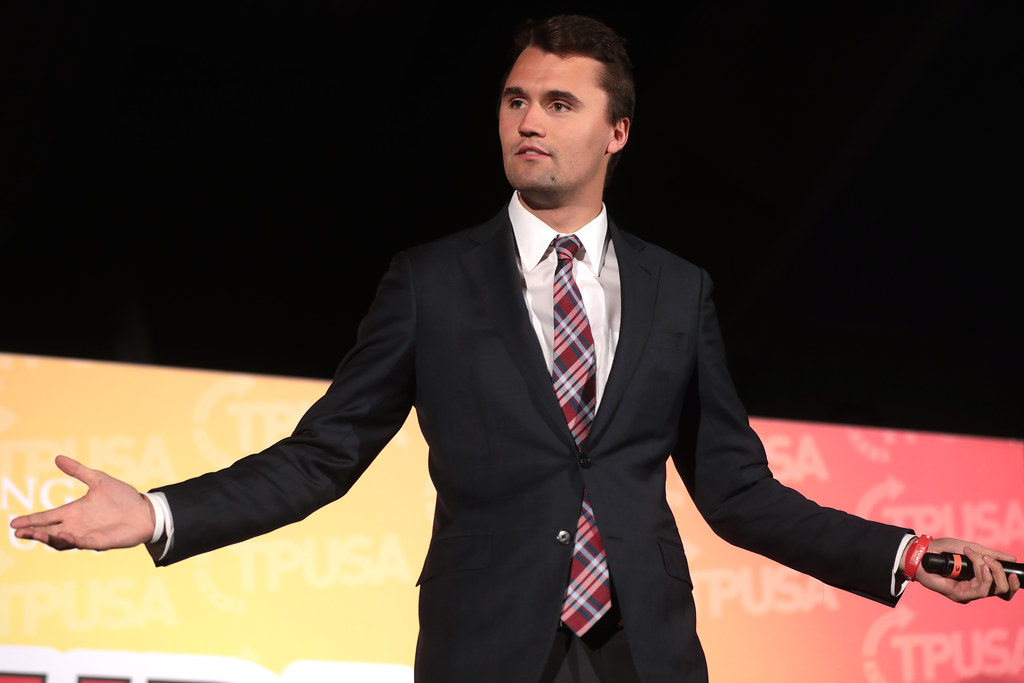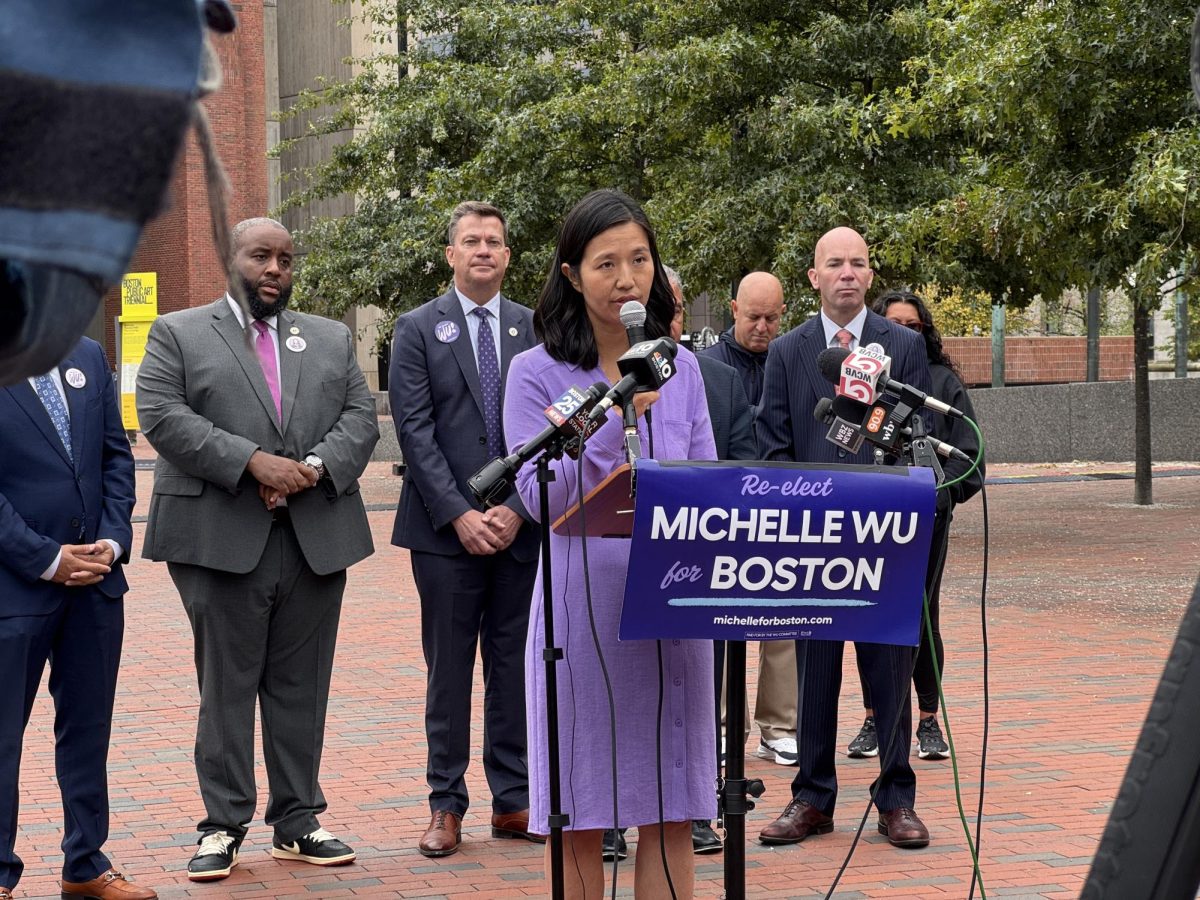With Nov. 8 creeping up, it appears as if the focus has largely been on Republican nominee Donald Trump, and Democratic nominee Hillary Clinton. These candidates, however, are not running for president all by themselves.
Clinton has selected Virginia Senator Tim Kaine as her Vice-Presidential nominee, and Trump has selected Governor of Indiana Mike Pence.
Kaine and Pence are more than just mere fixtures in what has been a tumultuous election thus far.
Tim Kaine has been serving as U.S. Senator from Virginia since 2012. Before that, Kaine served as governor of Virginia from 2006 to 2010. The Senator’s time in office has been relatively short compared to that of his running mate, Clinton, who is considered a “life-long politician.”
Kaine is an advocate for women’s reproductive rights, supports gun control measures, believes in education reform as well as immigration reform.
The question stands, if Clinton could have essentially chosen any Democrat as her running mate, why Senator Kaine?
The state of Virginia, which has 13 electoral votes, is considered a swing state with Clinton just barely ahead of Trump in a recent poll from Quinnipiac University.
Although Clinton did well in the primaries in Southern states, having a running mate from the South could help her win those states again in the general election.
Lastly, and most importantly, this has been one of the first presidential elections to focus on winning the “hispanic vote.” Kaine is fluent in Spanish after spending a year living and working in Honduras during his time in law school.
Sophomore Logan Trupiano explained how Clinton likely chose Kaine simply for strategic reasons.
“It makes me sad that presidential candidates essentially pick their VP on the basis of getting elected,” Trupiano said.
Trupiano also suggested that Kaine can run for office in a way that Clinton cannot.
“Tim Kaine will connect with voters better than [Clinton]. Look, with women in politics they have to play by different rules than men. They can’t come off too strong or they’ll be called ‘abrasive’ and they can’t come off as too soft or they’ll be labeled weak,” he said.
In a selection process that almost resembled one of Trump’s pageants, his choice of a running mate was Mike Pence. This choice surprised some who had expected Trump’s vice-presidential choice to be a Republican who had run against Trump in the primaries, such as New Jersey Governor Chris Christie, or perhaps former Speaker of the House Newt Gingrich.
Junior Dan Pelosi said that Trump’s choice of Pence as his vice-president is one of the best decisions he has made in this election so far.
“It was when Pence was chosen that I decided to support Trump,” Pelosi explained. “I was never a Trump fan for a while, but he chose a small-government conservative to balance out [Trump’s] more leftist views.”
Pence had served as Congressman from Indiana from 2000 to 2012. In 2012, Pence was elected as Governor of Indiana and is presently serving in that position.
Pence believes in providing more employment opportunities for veterans. He has also been a leader in the long charge to defund Planned Parenthood. Pence does not believe there is credible evidence to defend climate change.
As a candidate who has largely run as a self-proclaimed “political outsider” in this election, Trump sought a running mate who would help him gain support from more established politicians in the Republican party. To Trump, Pence was the man to bring him into the inner-circle.
“Pence is a calm, collected politician who knows the issues and can appeal to the conservative base that Trump can’t get,” said Pelosi.
Trupiano explains that some vice-presidential candidates could “make or break elections,” citing McCain’s choice of Palin as his running mate in 2008 against Pres. Obama.
To decide how Kaine or Pence will make this election for their running mates can be decided during the Vice Presidential debate on Oct. 4 at 9:00p.m. on CBS.


